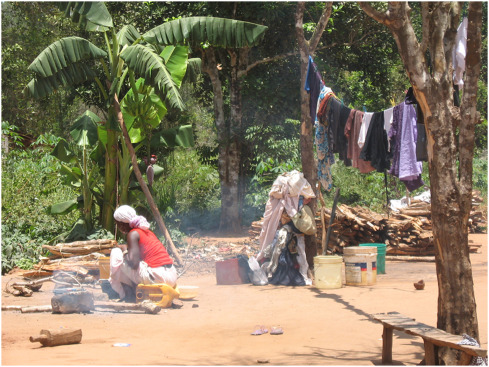Materials and the Environment, Third Edition: Chapter 11 - Renewable materials, natural materials, Volume , 2021
Hybrid Nuclear Energy Systems, A Sustainable Solution for the 21st Century, Hybrid Energy Systems, 2021, Pages 23-41
Handbook of Aging and the Social Sciences (Ninth Edition) Handbooks of Aging 2021, Pages 131-149
Barefoot Global Health Diplomacy, Field Experiences in International Relations, Security, and Epidemics, 2021, Pages 27-49
Barefoot Global Health Diplomacy, Field Experiences in International Relations, Security, and Epidemics, 2021, Pages 51-73
Human Sexuality, Function, Dysfunction, Paraphilias, and Relationships, 2021, Pages 63-105
Sex Differences in Cardiac Diseases, Elsevier, 2021, Pages 481-503
Sex Differences in Cardiac Diseases, Elsevier, 2021, Pages 671-687


